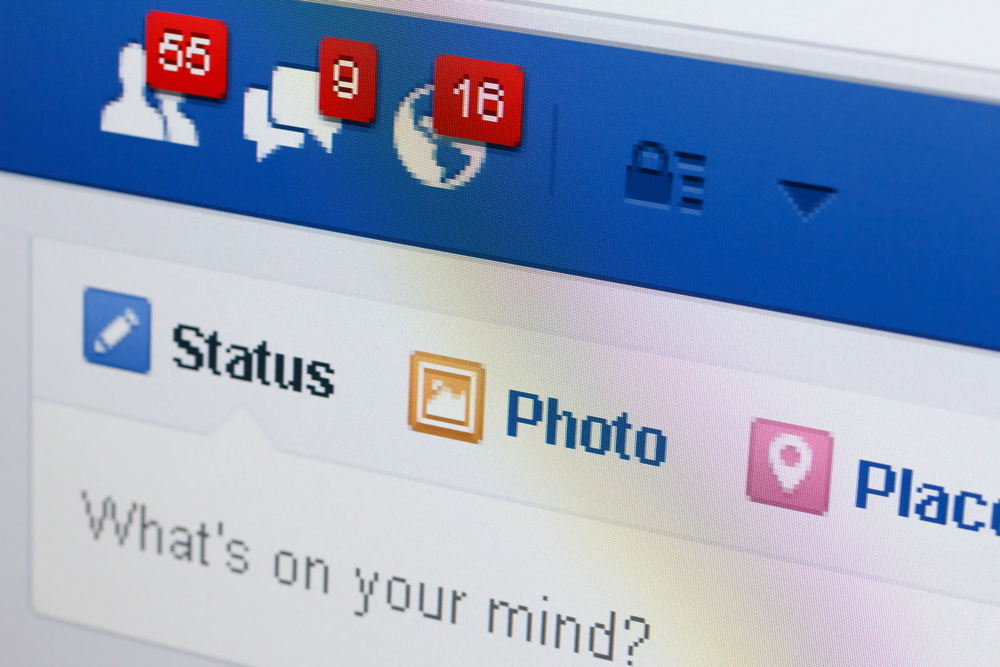True or false?
• About 5 million uncounted California ballots cast for Bernie Sanders were found on Hillary Clinton’s email server in August.
• President Barack Obama planned to ban trucks to prevent the same kind of attack that took place in Nice, France, in July.
• President-elect Donald Trump said recently that he plans to “bring back the draft.”
• Young people are so good at evaluating information they find online and via social media that they’d never fall for “fake news” stories.
All of the above have been proven to be false. Adults often assume that digital natives know how to interpret digital messages when, in fact, very few can tell if an online source is reliable.
And that’s disturbing, considering how much information we get online and how much it shapes what we think and believe. Some Maine educators are already trying to stop the spread of online misinformation, but it should be a priority statewide.
PRESENTATION SWAYS READERS
“Fake news” itself made news following the presidential election, when a BuzzFeed News analysis revealed that during the last three months of the campaign, made-up, largely pro-Donald Trump articles had more Facebook shares, reactions and comments than the top election stories from 19 major news outlets combined.
Whether and to what extent bogus stories on Facebook swayed the outcome of the race may never be fully clarified. But even CEO Mark Zuckerberg – who, on Nov. 9, dismissed the idea that Facebook “influenced the election in any way” as “pretty crazy” – recently acknowledged that it occupies a key space in the media universe. “We don’t write the news that people read on the platform,” he said in a Dec. 21 Facebook Live video chat, “but at the same time we also know that we do a lot more than just distribute the news, and we’re an important part of the public discourse.”
A majority of Americans now get their news via social media, and the biggest audience for news on these sites is among younger people. Unfortunately, research shows, their social networking, gaming and texting skills far outstrip their ability to evaluate the credibility of what they read online:
• According to a 2015 University of Connecticut study, just 4 percent of seventh-graders could identify the author of online science information, evaluate that author’s expertise and viewpoint, and present an informed assessment of the overall reliability of the site they were reading.
• A recent Stanford study asked high schoolers to evaluate two Facebook posts announcing Trump’s candidacy for president: one from the Fox News account verified as legitimate by Twitter and Facebook, and the other from a fake account.
Just 25 percent of students recognized the significance of the blue checkmark used to indicate that an account has been verified. And over 30 percent, according to researchers, “argued that the fake account was more trustworthy because of some key graphic elements that it included.”
• The same Stanford study concluded that college students would believe the information on a particular website as long as the site was well-produced, included links to reputable sources and had a well-crafted “About” page.
‘WE’RE IN TROUBLE’
Why is the lack of media literacy important? Because if you share everything you see in your Facebook feed without digging into it first, you’re enabling the worldwide spread of misinformation and downright falsehoods. And the damage is compounded if somebody else shares the information, or is compelled to vote or protest based on something that’s not true.
As Carrie Foster, a sixth-grade social studies teacher at Lyman Moore Middle School in Portland, told her students: “This is a big deal, ’cause if we’re basing really, really important decisions on lies, we’re in trouble.”
Maine Public Radio recently talked to Foster and South Portland High School computer science teacher Julie York about their efforts to steer students away from fake news.
Foster talks about the difference between facts, opinions, reasoned conclusions and lies, then presents students with stories, mostly from fake-news sites, and asks them to figure out what’s true and what’s not.
Recognizing how quickly the desire to share sensational “clickbait” headlines can overcome doubts about the contents, she advises her class to read the whole story before acting on it.
Meanwhile, York has students watch videos and then create a library brochure explaining the difference between real and fake news.
The young people she teaches come away realizing how little credibility there is in much of what they find online; to confirm a claim, says Jeremiah Sanville, “you gotta get multiple sources – a lot of sources that are actually good.”
Those sources are out there, but it takes a lot more time to find and evaluate them than to post an outrageous link: It’s hard work sifting through tweets, Facebook images, ads disguised as news and bits of information wrapped in partisan fabrication.
Maine students need guidance as they make their way through this online maze – and Maine policymakers and education officials should make it a priority to ensure that they get it. If we want our young people to be equal to the many challenges they’ll face as responsible members of their communities, they deserve no less.
Send questions/comments to the editors.


